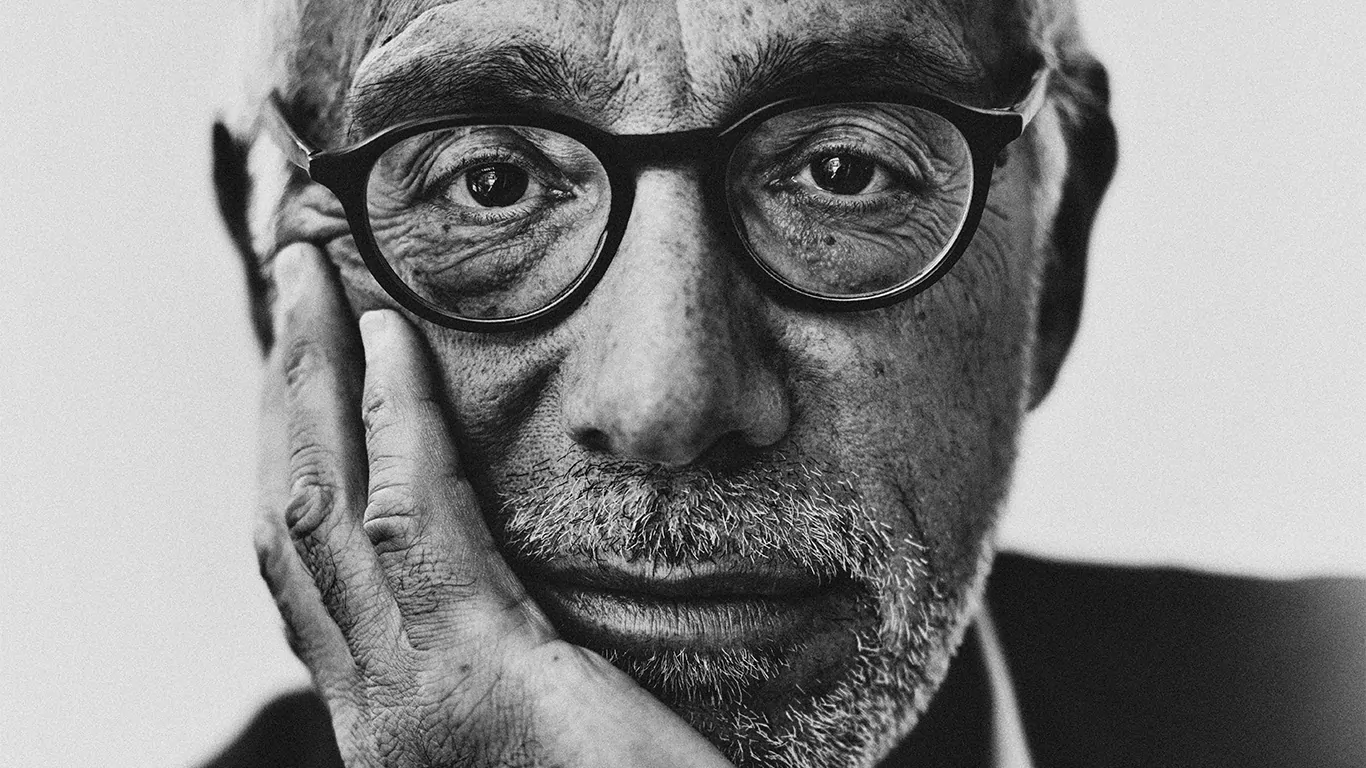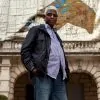In the art world, photography‘s status as a legitimate art form has long been a hot topic of debate. While some dismiss it as not being “real art,” others champion its significance and power as an artistic medium. One of those advocates is the renowned collector, gallery owner, and dealer Howard Greenberg, who truly understands its beauty and the art of photography.
Throughout his life’s work, Howard Greenberg has passionately upheld photography’s place in the art world. As landscape photographer Ansel Adams once said, “There are no rules for good photographs; there are only good photographs”, and for over four decades, Greenberg has built a career recognising what good photography is.
His influence in New York’s scene guided the appreciation of the medium to a respected and valuable art form within the art world, solidifying his reputation as one of the most prolific dealers, collectors and advocates of photography.

© Bastiaan Woudt
I wasn’t supposed to be a photographer, but a couple of friends introduced me to it. I got a camera right after I graduated college and started taking pictures. It basically changed my life
Howard Greenberg
Born in 1948, he started his career as a freelance photojournalist in the 1970s, nurturing an eye for impactful imagery. In 1977, Greenberg founded the non-profit gallery and educational institution, The Center for Photography in Woodstock, before stepping into the commercial side of photography in 1981, exhibiting and selling prints. By 1986, he had relocated Photofind to New York City’s SoHo.
Photofind was trailblazing, one of the few galleries consistently showcasing documentary and street photography. It later became what we now know as the Howard Greenberg Gallery. After 17 years in SoHo, Greenberg moved the gallery to the Fuller Building at 41 East 57th Street in 2003. The midtown space maintains the gallery’s signature blend of flexibility and intimacy, featuring a central gallery, an additional exhibition room, and private viewing rooms.
Greenberg has made strategic acquisitions through meticulous hunting and a discerning eye, accumulating an immense collection of some of the world’s most well-known images. Distinguished by its superb print quality, the collection reflects an eclectic range of interests, from modernist works of the 1920s and 1930s to contemporary photographers.
Today, the gallery represents and exhibits photographs by many acknowledged masters, including Alfred Stieglitz, Edward Weston, Walker Evans, Henri Cartier-Bresson, Joel Meyerowitz and many others, with the Howard Greenberg Collection itself being the foundation of many major museum exhibitions.
Considered one of the world’s foremost dealers, Greenberg has earned his authority in photography through an understanding of the medium and the ability to identify previously overlooked and undervalued photographers, such as Louis Faurer, David Heath, Leon Levinstein, and Saul Leiter, building awareness and establishing the value of their work in the fine art market.
Beyond the gallery and fine art market, Greenberg lends his experience to museums, educational institutions, and industry associations while curating numerous exhibitions and publishing many photographic catalogues and books.
These contributions to the field haven’t gone unnoticed; in 2004, the Lucie Foundation awarded him “Photo Gallery of the Year,” and in 2005, he was named one of the 25 most important people in photography by American Photo magazine, also being honoured by the Aperture Foundation in 2009.
Greenberg’s impact on photography is immeasurable; from his early days as a photojournalist to starting the gallery, his collecting and dealing, his advocacy has played a critical role in advancing photography to its current status in the art world.
We spoke with Greenberg shortly after his exhibition with Ibiza Galería Tambien, “Touring Photography’s History to learn more about his into the art and business of photography; in addition, The Howard Greenberg Gallery will also be exhibiting this November at Paris Photo.
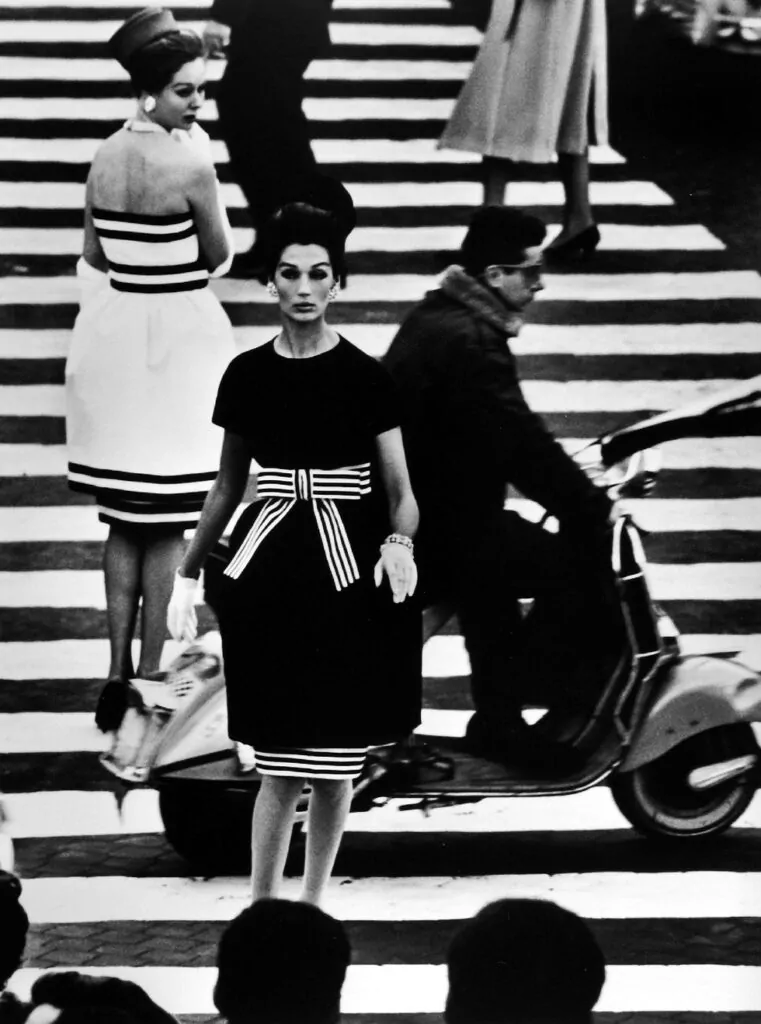
©Estate of William Klein, Courtesy of Howard Greenberg Gallery, New York
Hi Howard, thank you for speaking with us. Could you walk us through your journey into the arts, particularly in collecting and dealing photography? What were the early moments of your gallery like, and what led you to pursue the path of an art dealer?
Howard Greenberg: I wasn’t supposed to be a photographer, but a couple of friends introduced me to it. I got a camera right after I graduated college and started taking pictures. It basically changed my life. I moved to Woodstock, in upstate New York, which had a great history as an art colony, and started working as a photographer for the local newspaper. I learned a lot about 20th century art by just being there. I went on a mission to exhibit classic photography to my community and started a non-profit gallery which ran for a couple years -and, I’m happy to say, is still going-. I decided in 1981 that this was going to be my life and finally opened a gallery in Woodstock.
I started off with history. A lot of great photography, historically, was available in those days in many ways. I could find good treasures by Alfred Stieglitz, Edward Weston… just sitting in houses, attics and flea markets. That’s what the gallery was at the beginning, and it has stayed my specialty. Photojournalism came in because the man who owned Woodstock’s movie theater, who I’d become friendly with, had been a photographer when he was young.
He told me he was a member of an organization called Photo League that lasted from 1936 to 1951. One thing led to the next and I wound up doing an exhibition of members of the Photo League in Woodstock, where I also met several of them. All their work was available to me because they were hungry for some kind of representation, somebody to go and show their work out in the world.
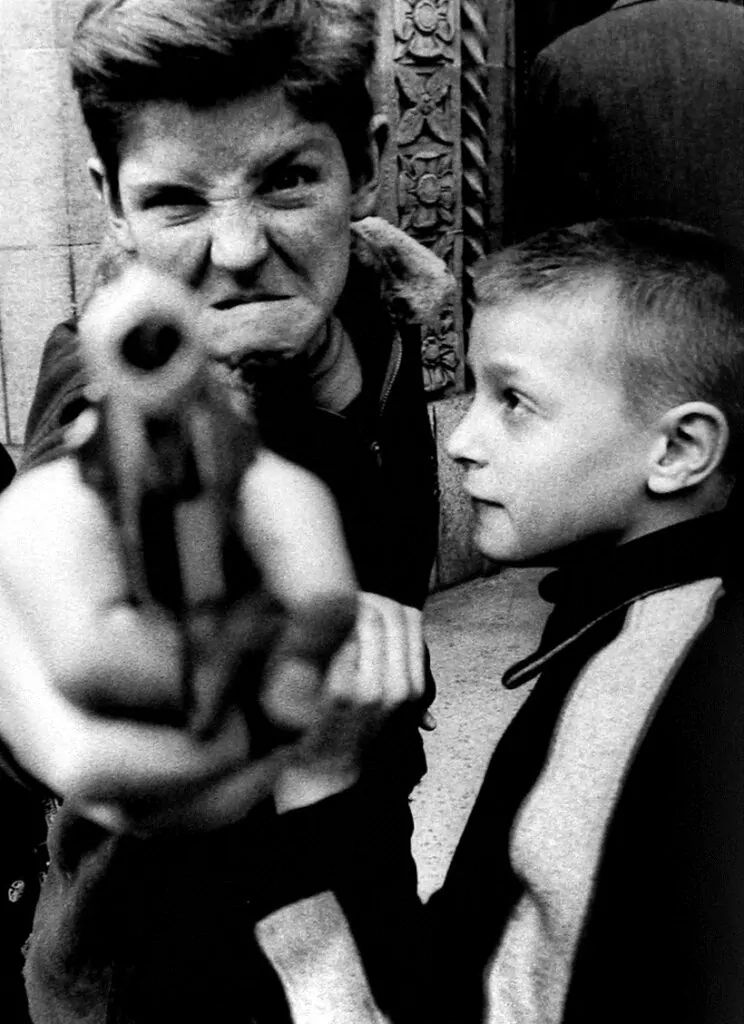
Courtesy of Howard Greenberg Gallery, New York
Your gallery was a pioneer in exhibiting photojournalism and street photography as significant components of photographic art. How do you perceive the relationship between these genres and more traditional fine art photography? Have collectors’ and critics’ perceptions of these genres changed over the years?
Howard Greenberg: When I was living in Woodstock, I used to make a once-a-month trip to New York to see the new exhibitions. At the time, photojournalism or documental photography was only featured in a couple of galleries and museums, because they had a limited point of view. That’s what led me to show that work.
There is a much wider interest and understanding of photography nowadays and why photography is special, why it belongs in the walls of museums and art libraries. It wasn’t like that when I started. There were only a handful of museums in the world that had separate collections for photography. And then, it snowballed.

Untitled, 1963
Photogravure
12 x 9 1/4 inches Courtesy Howard Greenberg Gallery
How have you seen the perception of photography as a fine art form evolve over time? What do you consider the key milestones that have contributed to this shift?
Howard Greenberg: The number one event was in 1984, when the Getty Museum committed 30 million dollars to the purchase of photography. That was a game-changer, because it meant a lot of money back in those days. They created an enormous collection of photography but, more importantly, they put that money back into the business, into the hands of artists and galleries. Because it became well-known, it gave credibility to the value of photography in a way that it didn’t have before. So, I think that did open up the doors for other museums and collectors. The market really took off.
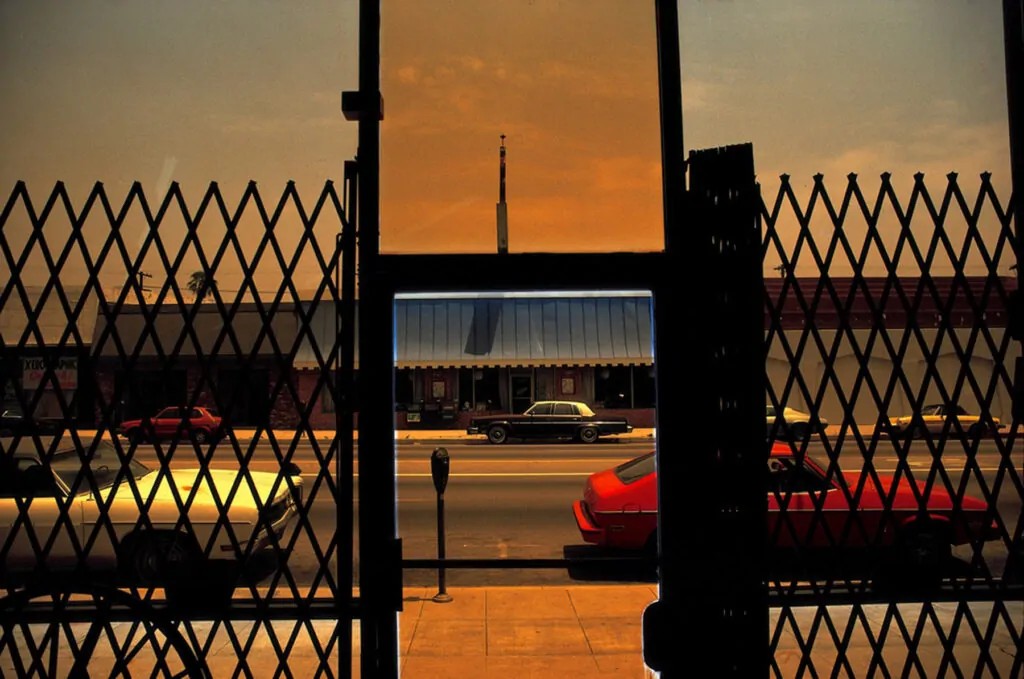
Courtesy Howard Greenberg Gallery in collaboration with Gallery Fifty One
Documentary photography has often been a powerful tool for social change. How do you view the role of documentary photography evolving in today’s digital and politically charged world?
Howard Greenberg: Our current world has seen a game change: the invention of digital technology and how it applies to photography. Before that, photography was the only medium for real-world image making. We learn a lot about a two-dimensional image on a piece of paper or on a wall. You could crop, or make something lighter, print something out, but there weren’t many options with traditional analog-type photography.
Then, in the 90s, Photoshop was the beginning of the potential loss of truth of images. Now, what you could do with an image was basically anything you wanted to do with it. We’re in that age now. Digital technology has enabled the dissemination of images unlike ever before. AI is only an extension of the digital revolution that started in those years. It’s moving very fast and in ways we never imagined. None of us know where it is going. It’s great and it’s problematic, but that’s our world.
Is there a particular image within your collection that resonates more with you than others, holding deeper significance or personal meaning?
Howard Greenberg: I couldn’t possibly pick just one. Every picture has its own history and meaning.
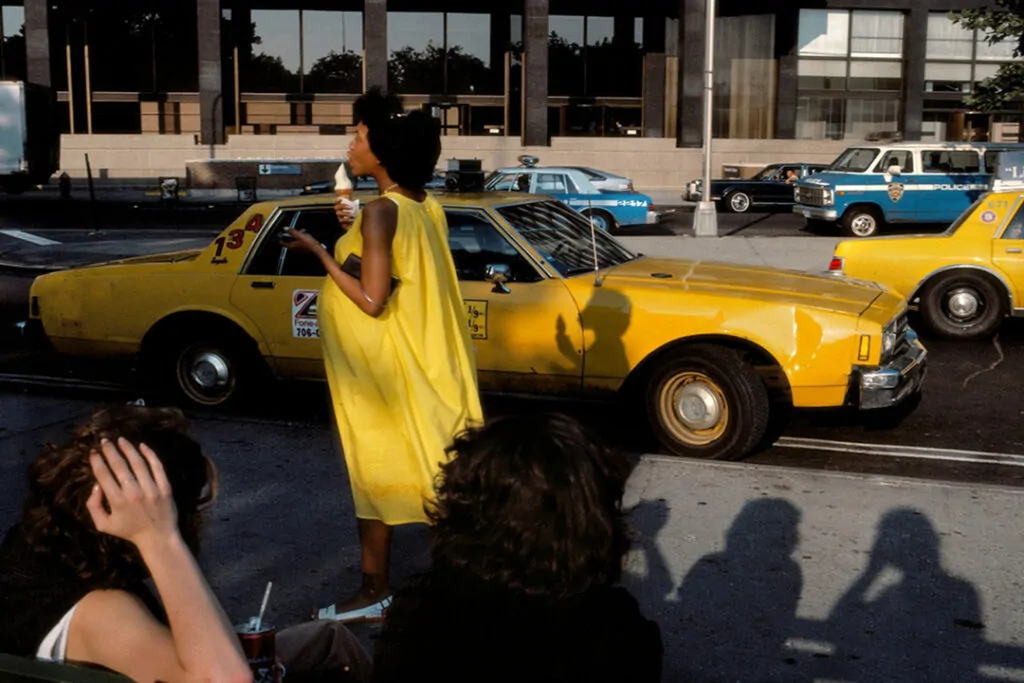
Courtesy Howard Greenberg Gallery in collaboration with Gallery Fifty One
As a key figure in the development of the modern market for photography, how do you perceive the current state of this market? What trends or changes have you observed, and how do they influence the gallery’s direction and decisions? How do you see the gallery’s role evolving with the increasing digitization of art collections and the rise of online galleries?
Howard Greenberg: Over many years, the market in general has been gravitating more and more towards contemporary art. That’s for many reasons. The last two generations have moved away from history to contemporary life in all its forms, and the art of photography reflects that. All the curators have grown up in this mentality. Also, again, because of the digital revolution, photography has become very conceptual. It’s often more about the idea, and the image is just the rendering of it. It has really changed, it’s not 1976 anymore. The work that has been produced in the last 20 years has nothing to do with traditional photography. So, the collecting of photography, what’s being put into museums, what’s interesting to people in their 30s to 60s is a different photography than when I started.
For me, my personal sensibility is to stay with those who have a classic sensibility about the medium. Great classic photographers who are a little bit purer in their thinking about photography and the images they make and render. We are fortunate because we started a lot of years ago and we’ve been able to amass both and inventory and a representation of which I’m very proud of. We were always the gallery of classic photography, even when these changes started happening and our kind of material became less and less available. It’s about availability. A lot of galleries went into contemporary photography, which is why a new generation of collectors was born, but we stayed in our lane.
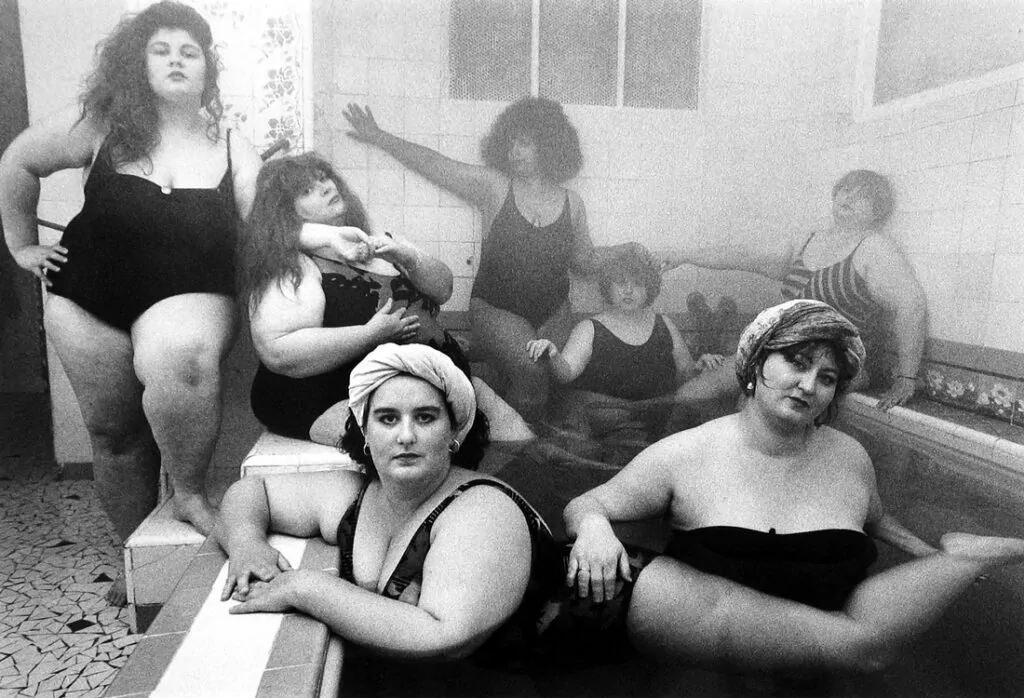
Courtesy of Howard Greenberg Gallery, New York
How do you ensure the authenticity and provenance of the works you represent? What common challenges do you face in this area, and how do you address them?
Howard Greenberg: Again, I was once a photographer and it’s not so hard to tell when images have been manipulated. Most contemporary photographers who work in digital, whether they admit it or not, they always do some fixing up. This part of the medium, we accept, but there are limits to how far you can go. They are not making up pictures, they are just using the medium to make the prints look a little bit better.
As for our gallery: all the artists I work with, I know what they do. I have a relationship with them, we talk, I go to their studios, and I understand their work, so I know what I’m putting up in the wall.

Courtesy Howard Greenberg Gallery, New York
How do you approach curating exhibitions at your gallery? What balance do you strike between featuring iconic works and showcasing emerging or lesser-known photographers?
Howard Greenberg: A big part of my modus operandi from when I started, and it just happened naturally in the late 80s, is that I have to come up with creative ways of making money in the gallery to support showing work that I can’t sell very easily.
Back when I started, I was meeting all the modern photographers. It was great work, but it didn’t have a market. There was also the availability of the great masters. There were still ways to get important work by Walker Evans, Alfred Stieglitz, Dorothea Lange… by working with their families and archives. So, what I did was – and again, it wasn’t planned, it just worked this way- sell this great classic photography to collectors and museums to support all the contemporary work that I couldn’t sell but wanted to show. It was kind of that balancing act that enabled me to grow, and stay in business, and create market for these unknown photographers. It was my development over those years that gave me this reputation in real world photography.

Courtesy Howard Greenberg Gallery, New York
Your latest exhibition, TOURING PHOTOGRAPHY’S HISTORY, in collaboration with Ibiza GALERÍA TAMBIEN, sounds intriguing. Can you tell us more about the essence of the exhibition and how the collaboration with GALERÍA TAMBIEN came about?
Howard Greenberg: We came to know Jorge and Nathalie because when we first bought our house in Ibiza and started fixing it up, my wife was brought into their shop in Santa Gertrudis. We really liked their furnishings and that started a relationship. At some point, we were talking about the exhibition they were having at the time and my wife said that maybe I should do a show there. Jorge thought it was a great idea, so we started working on it.
It was a slow process because I wanted Jorge to look at a lot of different pictures and see what he thought would work. The gallery is not that large, so it had to be a tight selection of pictures. Jorge was a pleasure to work with because he has a great sense of professionalism. He knows the right way to do things as a gallery, which we appreciated so much.
It was very exciting from different points of view. For me, personally, it’s always been my mission to exhibit the work of the people I represent as widely as possible. Some galleries just do what they do in their own space, but I feel it’s my job to get their pictures on walls across the world. I’m also fairly new to Ibiza and there aren’t that many galleries that show world-class art, and nothing really for photography, either. I thought doing this would be nice, to meet a wider audience of my neighbors and to contribute to the island, to get better art in the galleries, because there’s a great audience for it and a lot of people who can afford art.
From Jorge’s point of view, that was very important also. He understands the needs of the island in terms of art, he felt very strongly about committing himself to put better work on his walls.
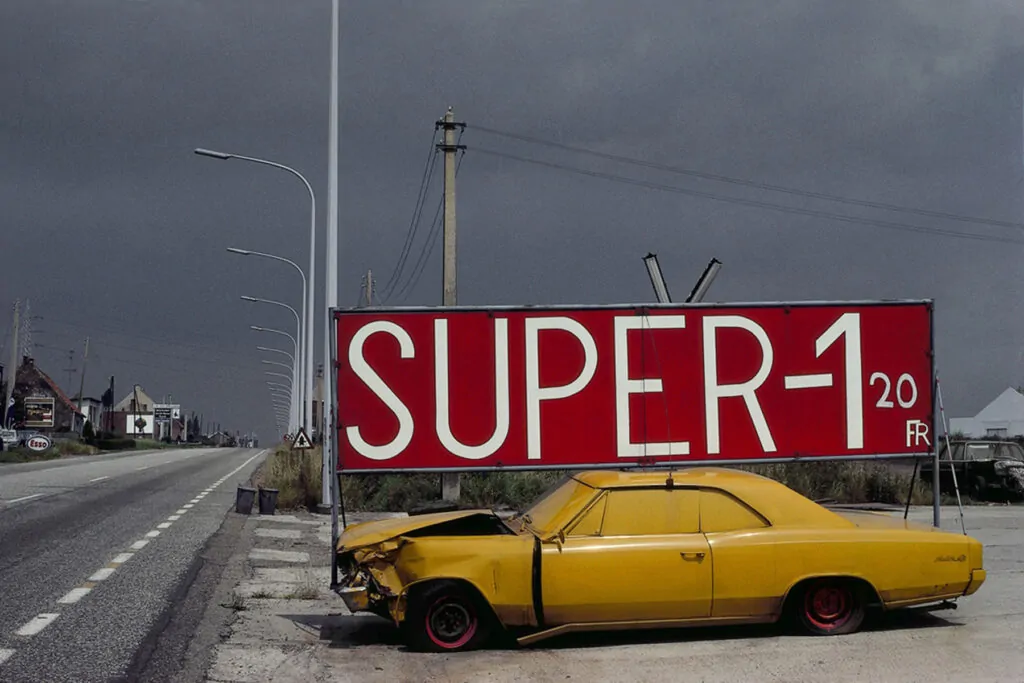
Courtesy Howard Greenberg Gallery in collaboration with Gallery Fifty
Looking back at over forty years of the Howard Greenberg Gallery, what do you consider to be its most significant achievements? How do you envision the gallery’s future, particularly regarding expanding its collection and influence in the art world?
Howard Greenberg: I think for me, one of the most important parts of my legacy (and the gallery’s) is I have brought up so many great, mostly mid-century, unknown photographers who are now considered integral to the history of this art form. I showed many of them over and over and I was able to put them in other galleries around the world. We also did a lot of books, publications and all that, and I think I have been recognized for my work, thankfully. I was very fortunate to rediscover a lot of these people and bring them to the gallery, to the people and to the museums.
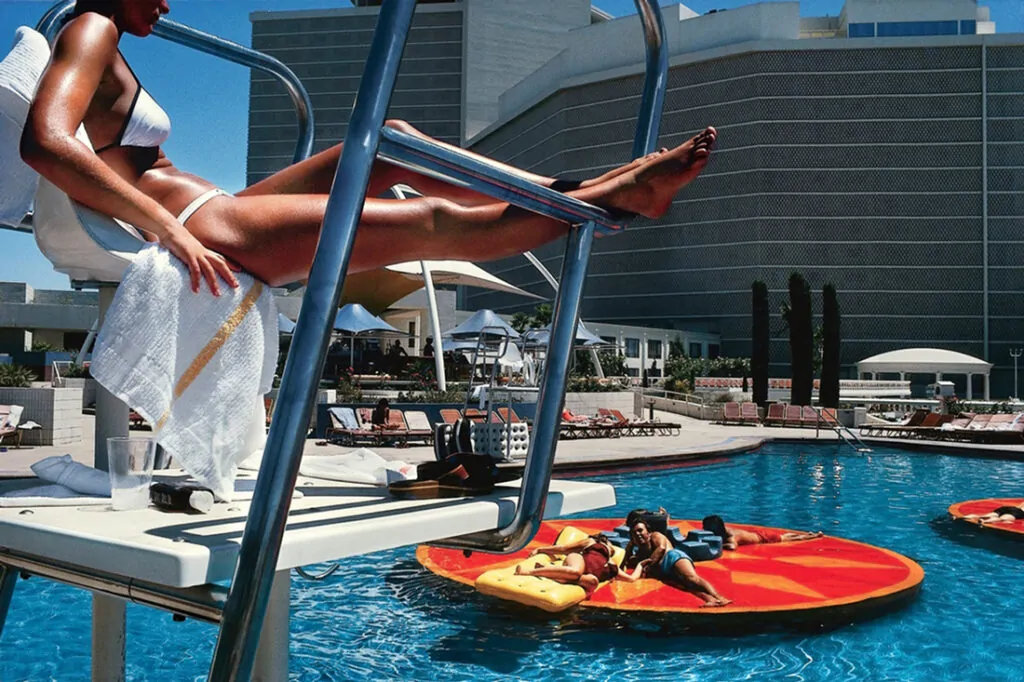
Courtesy Howard Greenberg Gallery in collaboration with Gallery Fifty One
Finally, what advice would you offer to someone looking to pursue a career in art dealing, particularly in the field of photography?
Howard Greenberg: When I changed from a photographer to a gallerist -and it took me about two years-, I realized I couldn’t do both, at least very well. So, I quickly got out of being a serious photographer because I wanted to be a serious photography gallerist. I don’t know what to advise any future gallerist or photographer in general other than to get the work seen as much as possible in every way they can and be prepared for a lot of closed doors. You have to be able to keep pushing, keep throwing it on the wall and, hopefully, one time it sticks. There’s so many ways to get your work out in the world, so many different ways to fail and only a few ways to succeed.
My experience of being a photographer and trying to achieve some success in galleries in the 70s and 80s was very different than it is today. It’s much tougher out there. You can be a serious photographer, but the competition is enormous. The ways that you can make a living in this business have really diminished because of the internet and the availability of photography inexpensively. I’ll tell you, I’m glad I’m not a photographer anymore.
©2024 Howard Greenberg


